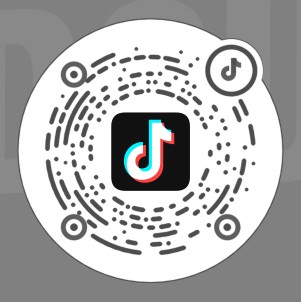The pharmaceutical industry is derived from the chemical industry and is closely related to "life sciences", mainly involving two sub - fields: biotechnology and pharmaceuticals. Its products include pharmaceutical preparations (such as branded prescription drugs, generic drugs, over-the-counter drugs), active pharmaceutical ingredients, diagnostic substances, and biological products. The industry has the following remarkable characteristics. Firstly, the R&D cost is extremely high. From the initial research discovery to bringing a biotech product to the market, it needs to go through multiple complex and expensive stages, such as clinical trials. The R&D cost of a single new drug can reach as high as $200 - 800 million. Secondly, the R&D cycle is long. On average, it takes 10-14 years for a product to be developed and approved for marketing. This process involves many links such as basic research and clinical trials, and each link faces many uncertainties. Thirdly, it is strictly regulated. It is strictly supervised by agencies like the US Food and Drug Administration (FDA) and the European Union, and must follow a series of regulations such as cGMP and 21 CFR Part 11 to ensure product safety and efficacy. Fourthly, the competition is fierce. It faces challenges such as patent expirations, competition from generic drugs, and difficulties in developing new products. For example, after the patents of many "blockbuster" drugs expire, their market share is severely impacted by generic drugs.
Pharmaceutical Industry


